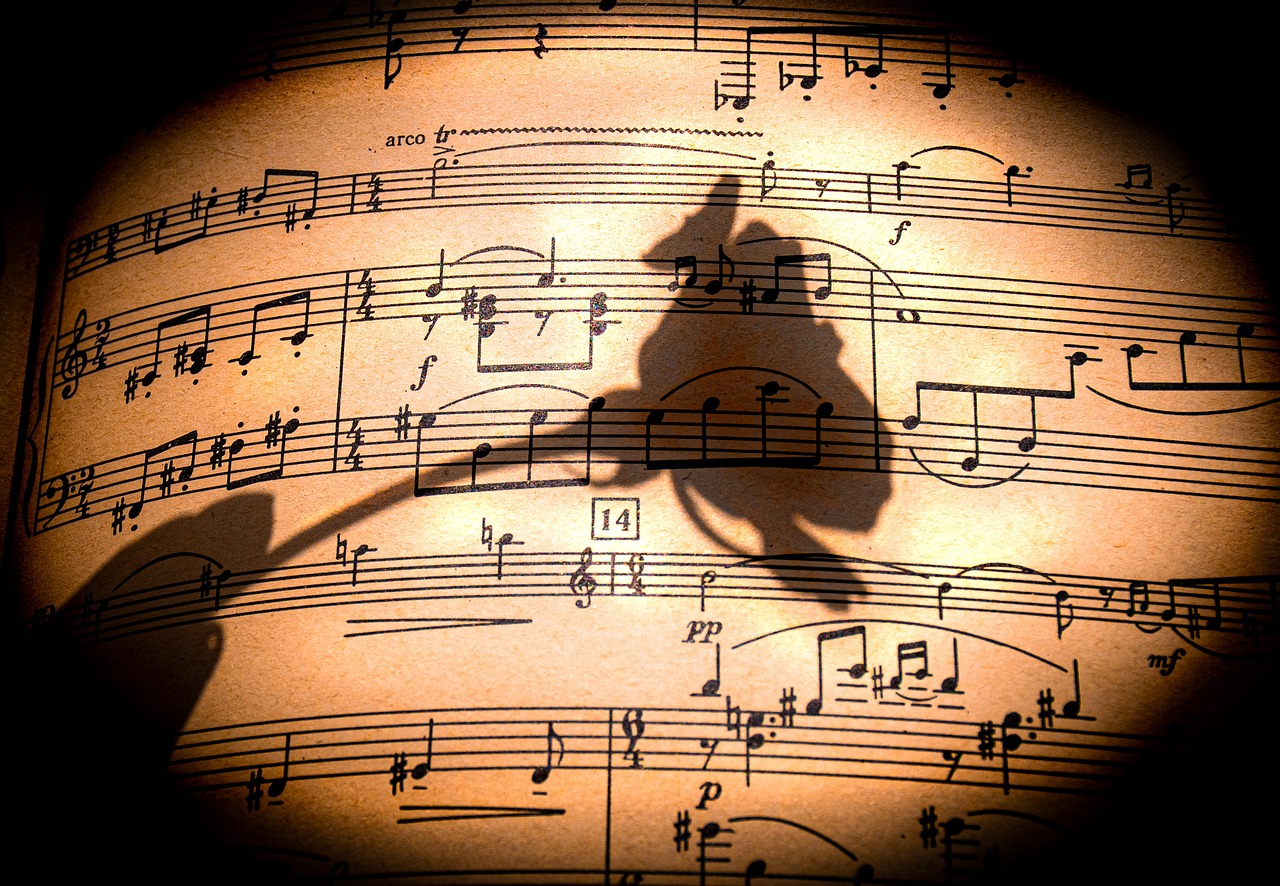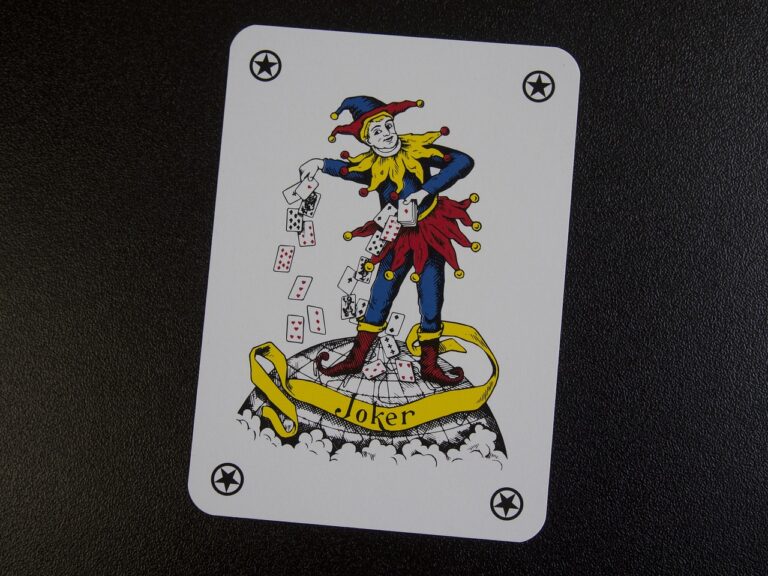The Art of Stagecraft: Behind the Scenes of Theater Set Design and Construction
When it comes to theater set design, there are several key components that need to be carefully considered in order to create a visually captivating and effective stage environment. One crucial element is the overall concept or theme of the production, which sets the tone for the set design. This concept determines the style, color scheme, and overall aesthetic of the set, helping to bring the director’s vision to life on stage.
Another important component of theater set design is the layout and structure of the set itself. The placement of walls, doors, windows, and other architectural elements not only enhances the storytelling but also influences the flow of the actors on stage. The size and scale of the set must also be taken into account, ensuring that it fits the performance space and complements the overall design scheme. By paying attention to these key components, set designers can create a dynamic and immersive stage environment that enhances the audience’s experience.
The Role of a Set Designer in a Production
Set designers play a pivotal role in bringing the creative vision of a production to life through their skillful craftsmanship. They are tasked with transforming empty spaces into immersive environments that enhance the overall storytelling experience. The set designer must carefully consider the script, director’s vision, and audience perspective to create a dynamic and cohesive set design that complements the themes and mood of the production.
In addition to their artistic abilities, set designers also need to possess strong technical skills to ensure that their designs can be physically realized on stage. This often involves collaborating closely with other members of the production team, such as lighting designers and stage managers, to problem-solve and find practical solutions for the set construction and implementation. A set designer’s attention to detail, creativity, and ability to work under pressure are essential qualities that contribute to the success of a production.
The Importance of Collaboration in Set Construction
Collaboration in set construction is vital for the success of any theatrical production. It brings together the creative vision of the set designer, the technical expertise of the construction team, and the practical input of the director and other key stakeholders. By working together seamlessly, each team member can contribute their unique skills and knowledge to bring the set design to life on stage.
When collaboration is lacking in set construction, problems can arise that jeopardize the overall quality of the production. Miscommunications, delays, and misunderstandings can lead to costly mistakes and a disjointed final product. To avoid these issues, clear communication, mutual respect, and a shared commitment to the artistic vision are essential. By fostering a spirit of collaboration from the outset, the set construction process can be not only efficient but also a rewarding experience for all involved.
Collaboration in set construction is essential for the success of any theatrical production. Here are some key reasons why:
• Combining creative vision: Collaboration allows the set designer, construction team, director, and other stakeholders to come together and combine their creative visions to create a cohesive set design.
• Utilizing technical expertise: The technical expertise of the construction team can be effectively utilized through collaboration, ensuring that the set is not only visually appealing but also structurally sound.
• Avoiding miscommunications: Clear communication among team members helps avoid misunderstandings and costly mistakes during the construction process.
• Promoting efficiency: By working together seamlessly, each team member can contribute their unique skills and knowledge to streamline the set construction process.
In conclusion, collaboration in set construction is crucial for creating a successful theatrical production. By fostering a spirit of teamwork and communication among all involved parties, the final product can truly come to life on stage.
What is the role of a set designer in a production?
The set designer is responsible for creating the overall look and feel of the set, including the scenery, props, and furniture. They work closely with the director to bring the vision of the production to life.
Why is collaboration important in set construction?
Collaboration is important in set construction because it allows for different perspectives and expertise to come together to create the best possible set design. By working together, the team can problem-solve, share ideas, and bring a unique vision to the production.
What are the key components of theater set design?
The key components of theater set design include the physical space of the stage, the scenery, props, furniture, and any other elements that help create the world of the production. Lighting and sound design also play a crucial role in enhancing the set design.
How does collaboration enhance the quality of a set design?
Collaboration enhances the quality of a set design by bringing together the skills and talents of multiple people. By working together, the team can brainstorm ideas, troubleshoot challenges, and ensure that the final product is cohesive and impactful.







